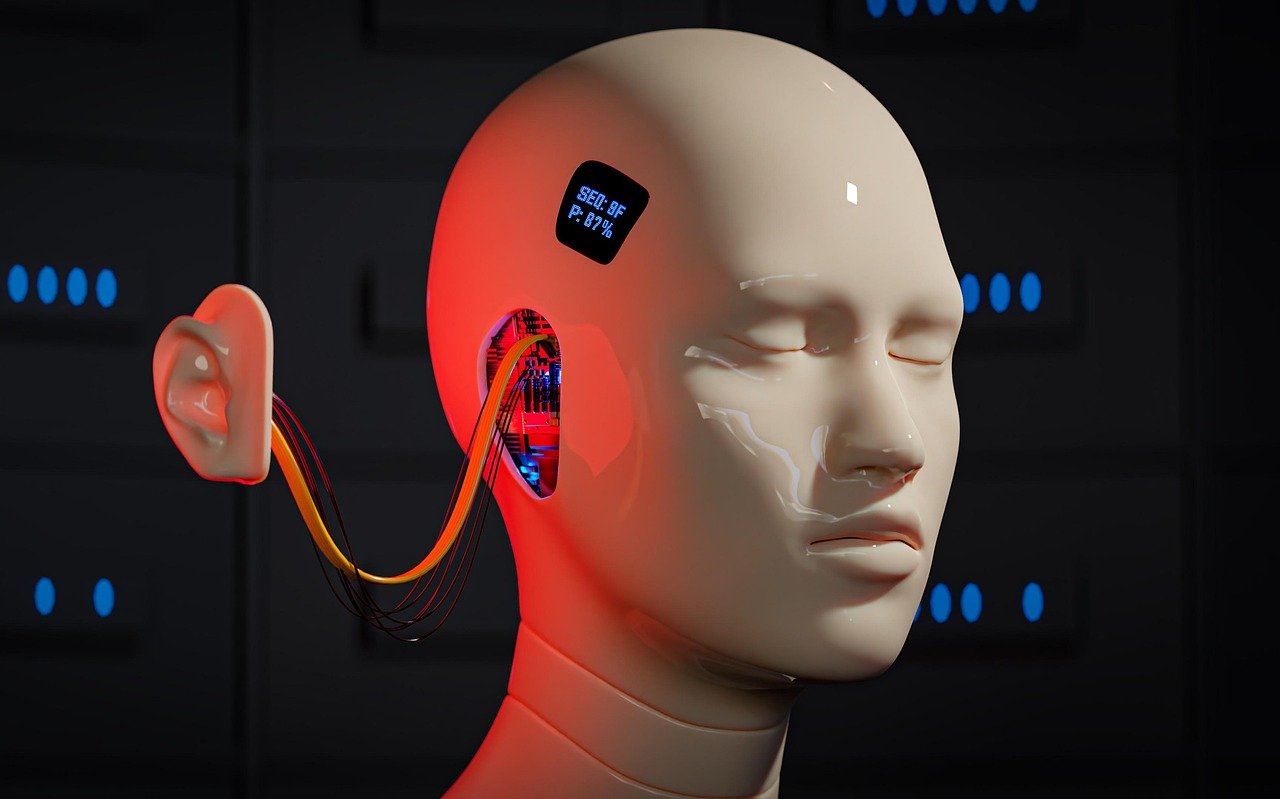Imagine a world where machines can understand, learn, and even create. That world is rapidly becoming a reality, fueled by the incredible power of AI models. These sophisticated algorithms are transforming industries, reshaping how we interact with technology, and pushing the boundaries of what’s possible. This blog post will delve into the fascinating world of AI models, exploring their types, applications, and future potential.
Understanding AI Models
What are AI Models?
At its core, an AI model is a trained algorithm that can recognize patterns, make predictions, or generate content based on the data it has been exposed to. Think of it as a student learning from a vast library of information. The more data the model “reads,” the better it becomes at performing its assigned task.
- AI models are built using various techniques, including machine learning, deep learning, and neural networks.
- The “training” process involves feeding the model large datasets and adjusting its internal parameters until it achieves the desired accuracy.
- Once trained, the model can be used to solve real-world problems by making predictions or generating outputs based on new, unseen data.
The AI Model Lifecycle
Developing and deploying an AI model involves several key stages:
Types of AI Models
AI models come in various forms, each designed for specific tasks and data types. Here are some of the most common types:
Supervised Learning Models
These models learn from labelled data, where the input data is paired with the correct output.
- Classification Models: Predict categorical outcomes (e.g., spam or not spam, cat or dog).
Example: Email spam filters, image recognition software.
- Regression Models: Predict continuous values (e.g., price of a house, temperature).
Example: Predicting stock prices, forecasting sales.
Unsupervised Learning Models
These models learn from unlabelled data, discovering patterns and relationships without explicit guidance.
- Clustering Models: Group similar data points together (e.g., customer segmentation).
Example: Identifying customer segments for targeted marketing, anomaly detection.
- Dimensionality Reduction Models: Reduce the number of variables while preserving important information (e.g., feature extraction).
Example: Image compression, simplifying complex datasets for visualization.
- Association Rule Learning: Discover relationships between variables (e.g., market basket analysis).
Example: Recommending products based on purchase history.
Reinforcement Learning Models
These models learn through trial and error, receiving rewards or penalties for their actions.
- Example: Training AI agents to play games (e.g., chess, Go), controlling robots, optimizing resource allocation.
Generative Models
These models learn the underlying distribution of the training data and can generate new data samples that resemble the original data.
- Generative Adversarial Networks (GANs): Used to generate realistic images, videos, and audio.
Example: Creating deepfakes, generating synthetic data for training other models.
- Variational Autoencoders (VAEs): Used for data compression, anomaly detection, and generating new data samples.
Applications of AI Models
AI models are transforming industries and impacting various aspects of our lives.
Healthcare
- Diagnosis: AI models can analyze medical images (X-rays, MRIs) to detect diseases like cancer with high accuracy.
- Drug Discovery: AI can accelerate the drug discovery process by identifying potential drug candidates and predicting their effectiveness.
- Personalized Medicine: AI can analyze patient data to tailor treatment plans to individual needs.
Finance
- Fraud Detection: AI models can detect fraudulent transactions in real-time, protecting financial institutions and customers.
- Risk Management: AI can assess credit risk and predict loan defaults.
- Algorithmic Trading: AI-powered trading algorithms can execute trades automatically based on market conditions.
Retail
- Personalized Recommendations: AI models can recommend products based on customer’s browsing history and purchase patterns.
- Inventory Management: AI can optimize inventory levels by predicting demand.
- Chatbots: AI-powered chatbots can provide customer support and answer frequently asked questions.
Manufacturing
- Predictive Maintenance: AI models can predict equipment failures and schedule maintenance proactively, reducing downtime.
- Quality Control: AI can inspect products for defects with high accuracy.
- Process Optimization: AI can optimize manufacturing processes to improve efficiency and reduce waste.
Marketing
- Targeted Advertising: AI models can identify the most receptive audiences for advertising campaigns.
- Customer Segmentation: Segmenting customers based on behavior and demographics.
- Sentiment Analysis: Analyzing customer feedback to understand brand perception.
The Future of AI Models
The field of AI is rapidly evolving, and the future of AI models is bright. We can expect to see:
Increased Automation
AI models will automate more complex tasks, freeing up human workers to focus on higher-level activities.
Enhanced Explainability
Researchers are working on developing more explainable AI models that can provide insights into their decision-making process. This is crucial for building trust and ensuring accountability.
Ethical Considerations
As AI models become more powerful, it’s important to address ethical concerns related to bias, fairness, and privacy.
- Bias Mitigation: Developing techniques to identify and mitigate bias in training data and models.
- Data Privacy: Implementing measures to protect sensitive data used for training AI models.
- Responsible AI Development: Establishing ethical guidelines and best practices for developing and deploying AI models.
Edge AI
Running AI models on edge devices (e.g., smartphones, IoT devices) will become more prevalent, enabling faster and more efficient processing of data.
Conclusion
AI models are revolutionizing industries and transforming the way we interact with technology. Understanding the different types of models, their applications, and their potential future impact is crucial for anyone looking to leverage the power of AI. As the field continues to evolve, embracing continuous learning and addressing ethical considerations will be key to unlocking the full potential of AI models for the benefit of society.



